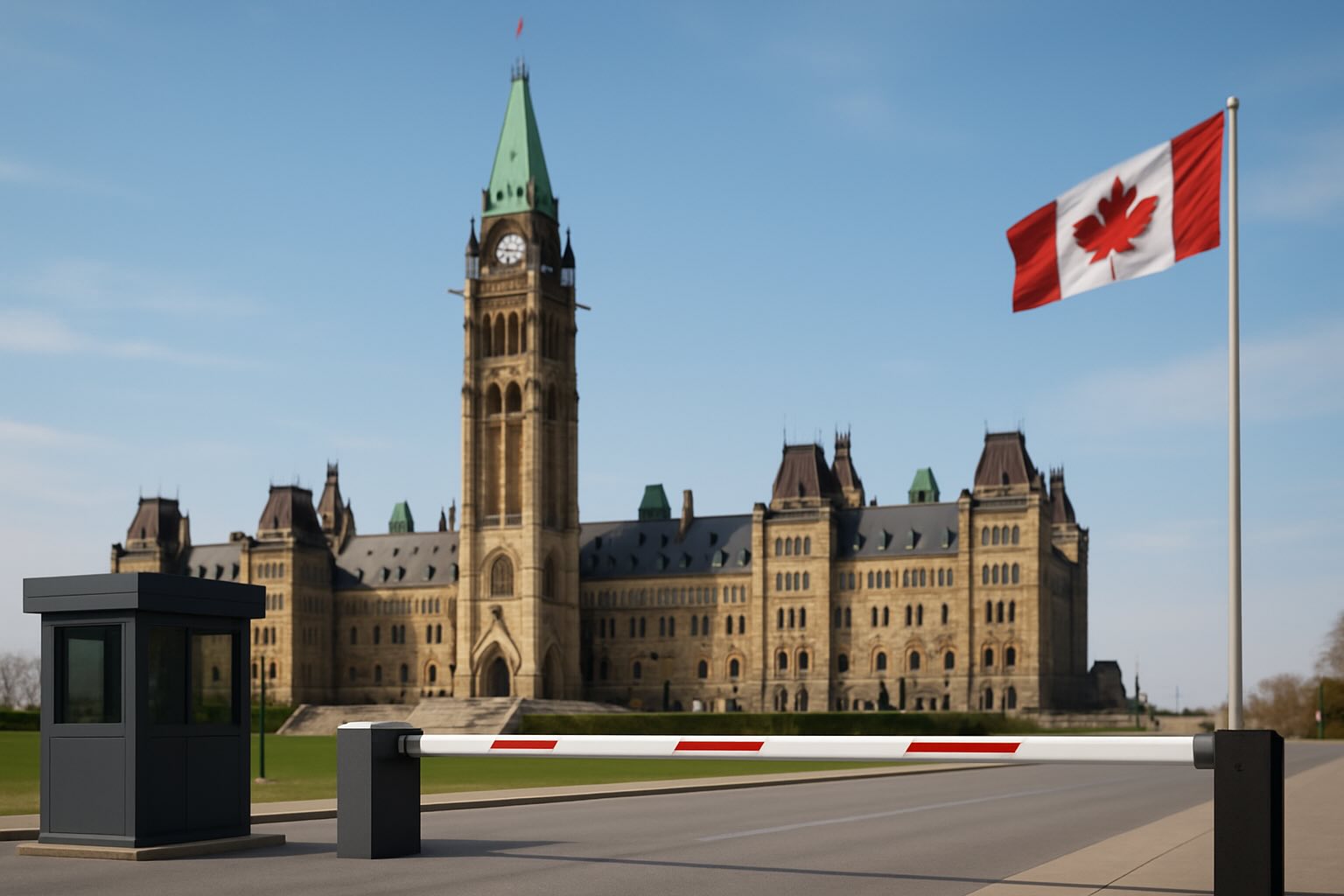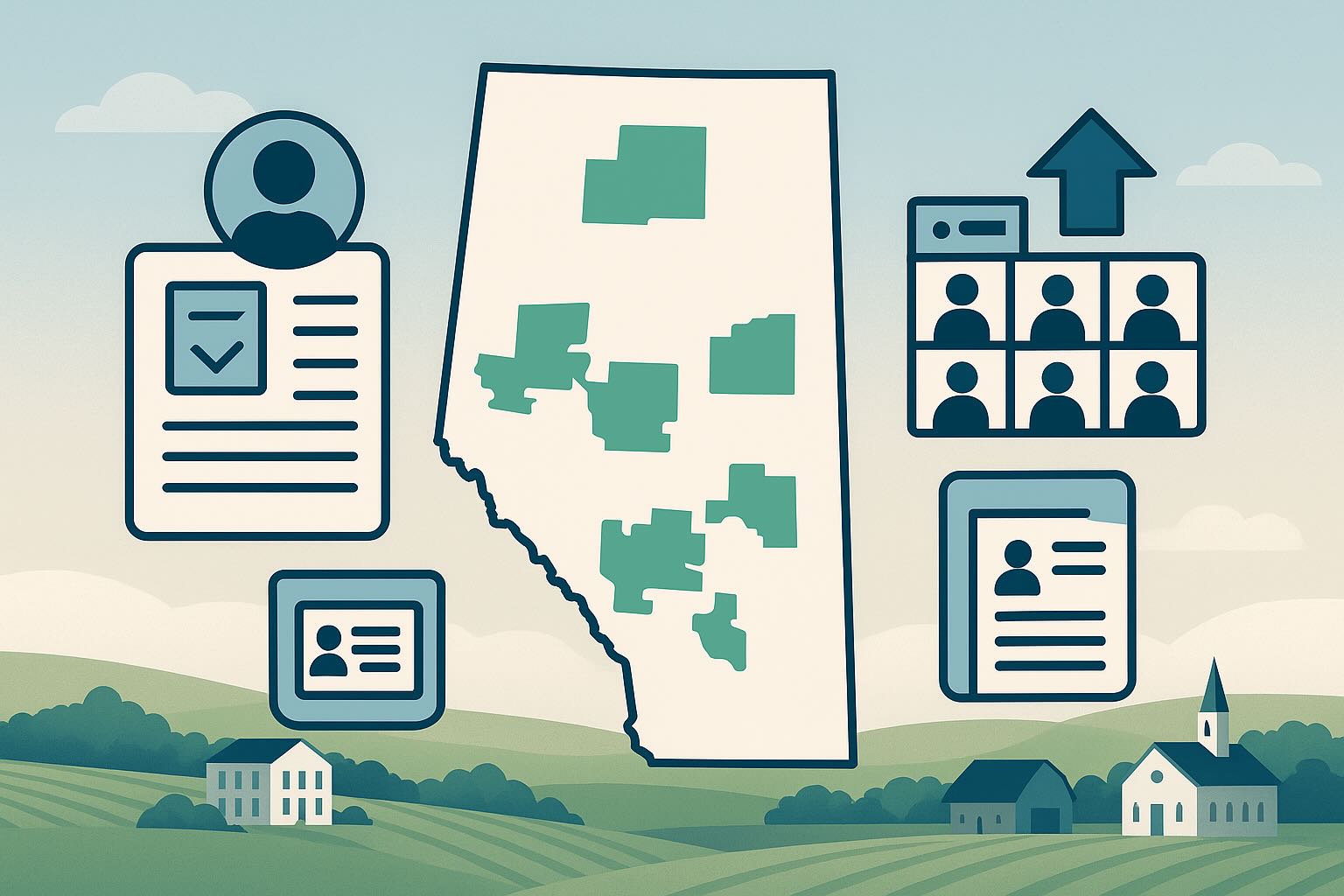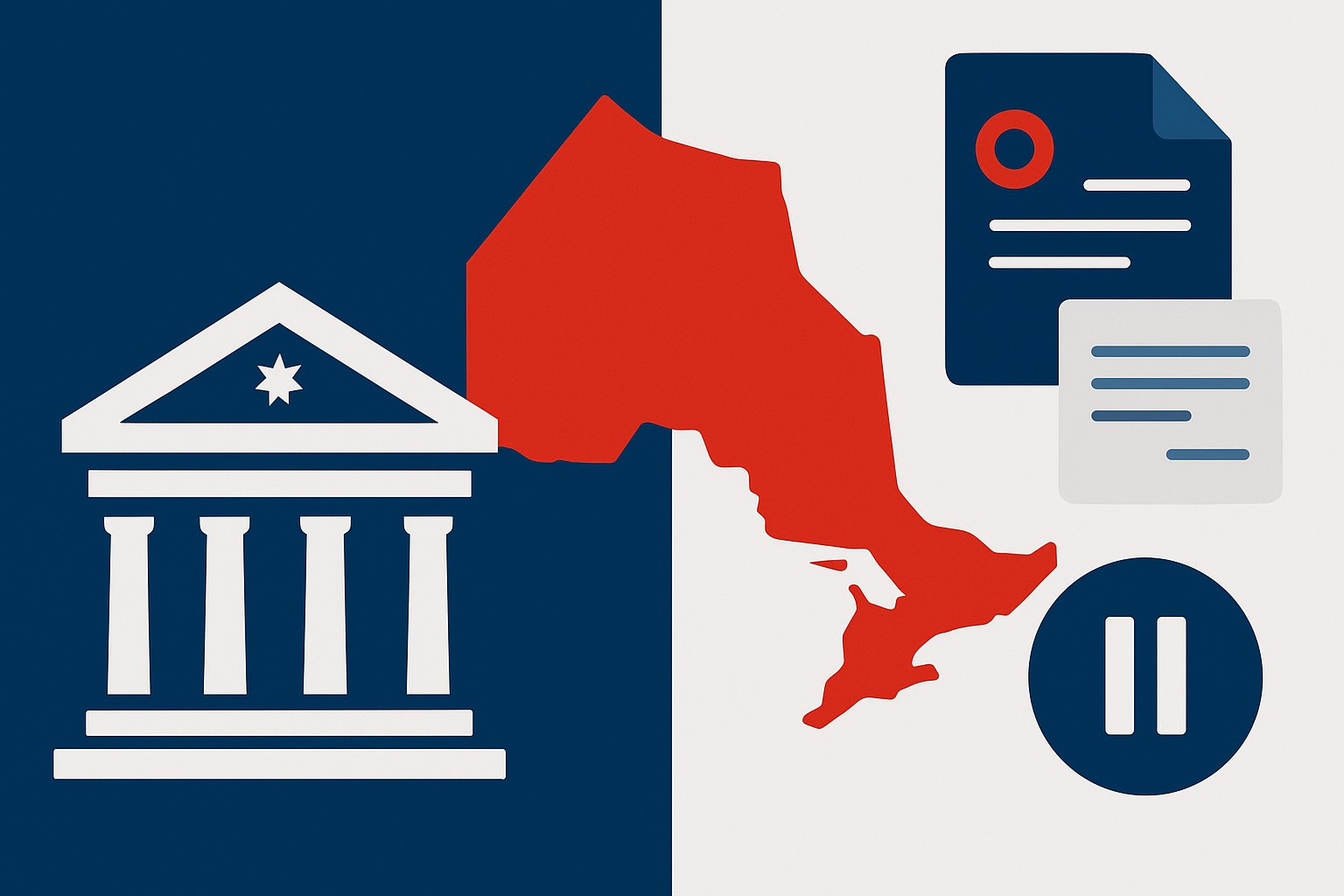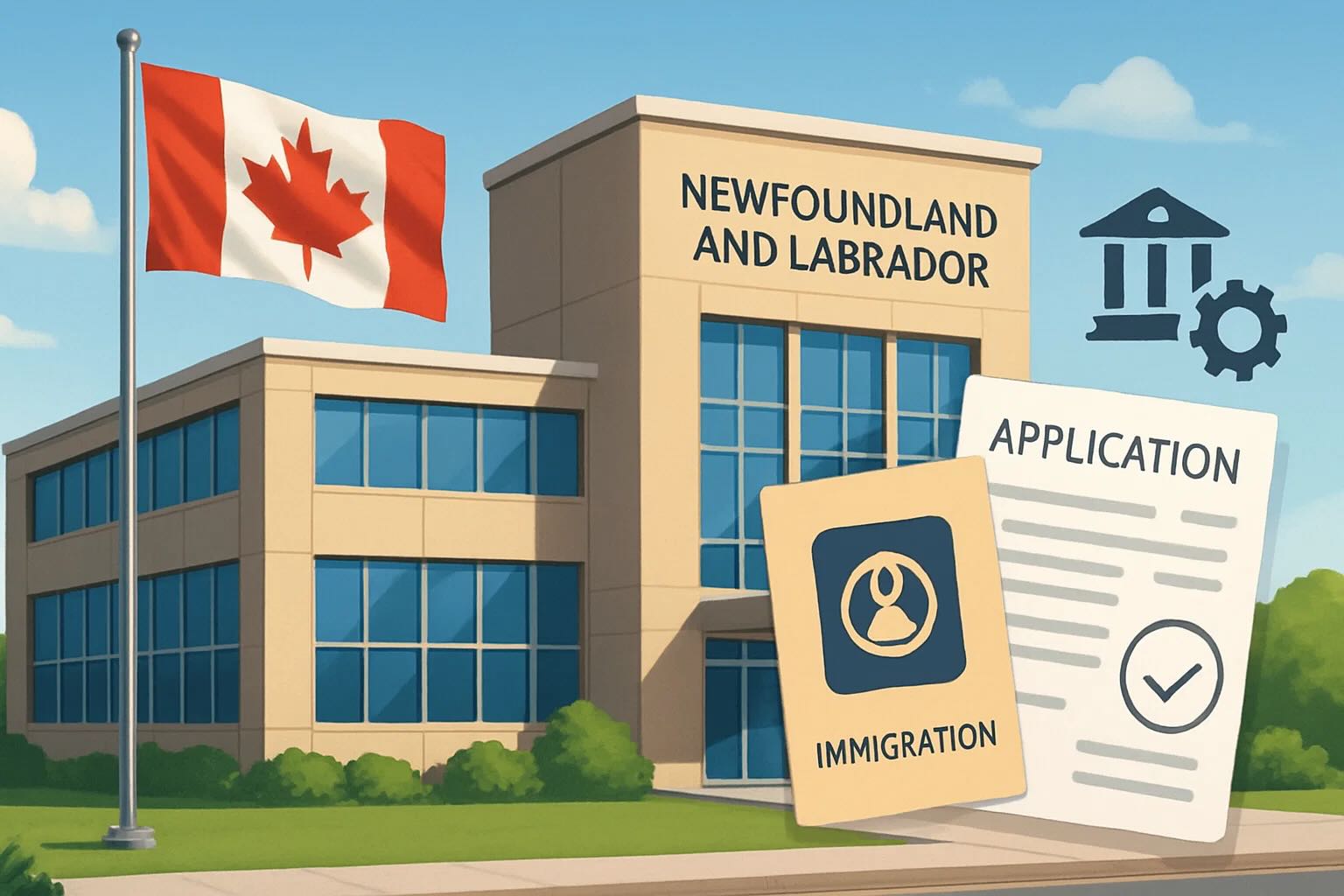Inception and Cabinet Changes
In March 2025, Mark Carney succeeded Justin Trudeau as Canada’s 24th Prime Minister. Shortly after taking office, he rapidly reshuffled the cabinet, replacing former Immigration Minister Marc Miller with Rachel Bendayan, who was appointed as the new Minister of Immigration, Refugees, and Citizenship. As an economist who previously served as the head of the central bank, Carney’s stance on immigration reflects a dual characteristic of being both progressive and restrained. On one hand, he emphasizes that immigration is critical to Canada’s economic growth and labor force expansion; on the other, he candidly notes that recent immigration growth has been “well beyond the capacity of Canada to provide sufficient housing, healthcare, social services, and opportunities.” Therefore, Carney’s government is seeking to adjust immigration policy while maintaining Canada’s long-standing open tradition, ensuring that immigration numbers remain in harmony with the nation’s carrying capacity.
Economic Immigration Stance: High-Skilled Talent and Investment Orientation
Carney has clearly stated his support for using immigration as a means to boost economic development, while placing greater emphasis on the quality and long-term integration of immigrants. He believes that the recent surge in population has overwhelmed existing infrastructure, leading to housing shortages and service pressures. As such, he advocates for “necessary adjustments while continuing to welcome new immigrants” to ensure the economic sustainability of immigration. In terms of economic immigrants, Carney has not introduced an entirely new investment immigration program but has stressed the need to optimize current channels to attract and retain high-skilled talent. For instance, he plans to reform the points-based immigration selection system by increasing the weight given to language proficiency—particularly raising the English or French requirements for regulated professions—to ensure that new immigrants can integrate successfully into the workforce. Additionally, he supports the promotion of “pre-arrival qualification certification,” which would allow overseas professionals to complete credential assessments before arrival, thus preventing the underutilization of high-skilled immigrants. Regarding entrepreneurial and investor immigration, Carney’s government prefers to continue with existing programs such as the Start-Up Visa rather than reinstate previously discontinued passive investment immigration schemes. Analysts point out that this approach indicates Carney’s greater valuation of the practical skills and employment contributions that immigrants bring to Canada, rather than merely their financial investments.
Policy Differences Compared to the Previous Administration
Compared with the Liberal government under Justin Trudeau—which, since 2015, had dramatically expanded the immigration scale by raising the annual quota of permanent residents from over 200,000 to nearly 500,000, and had maintained an open stance on refugees and family reunification by welcoming a large number of Syrian and Afghan refugees while accelerating family reunion processes—Carney views recent immigration policies as “overly lenient” and in need of correction. After taking office, he supported the temporary imposition of a cap on immigration numbers, keeping the annual intake at a sustainable level similar to pre-pandemic figures in order to alleviate domestic housing crises and other pressures. This more restrained approach sharply contrasts with the previous Liberal government’s continual upward adjustments of immigration targets. In fact, by the end of 2024, even before Carney took office, Trudeau’s government had begun to change direction: then–Immigration Minister Miller announced a new immigration level plan that lowered the 2025 permanent resident target by approximately 20% (from around 500,000 to about 395,000). Carney continued and reinforced this trend, emphasizing that immigration planning must be “aligned with the nation’s carrying capacity.” In contrast, opposition Conservative Party leader Pierre Poilievre has advocated reducing immigration numbers to roughly 250,000 annually—the level seen during the Harper government. Carney’s approach is thus viewed as striking a balance between Trudeau’s open policies and the Conservatives’ call for tighter controls, aiming to avoid labor shortages caused by overly stringent cuts while also curbing the excessive growth that strains infrastructure.
On the structural side, Carney’s government continues to uphold Canada’s traditional values of welcoming refugees and promoting family reunification, albeit with greater caution regarding pace and scale. Programs introduced during the Trudeau era, such as the Global Talent Stream for fast-tracking high-skilled workers, are expected to continue. However, Carney intends to raise the application standards to ensure that these talents integrate more effectively into the job market. Overall, the new government’s policy direction emphasizes more refined management—focusing not solely on the quantity of immigrants, but on optimizing the quality and distribution to achieve a dynamic balance between economic benefits and social capacity.
New Immigration Initiatives: Refugees, Family Reunification, and Temporary Workers
Refugee Policy
Since taking office, Carney has not announced major adjustments to the refugee program. Canada will continue to honor its humanitarian commitments by receiving refugees through a combination of government aid and private sponsorship. Analysts note that even as overall immigration quotas tighten, the refugee quota remains essentially unchanged compared to the previous administration, indicating that Canada’s traditional responsibility to shelter vulnerable groups persists. Carney himself has emphasized Canada’s long history of integrating immigrants, asserting that immigrants (including refugees) are an essential part of Canada’s national identity and that “Canada is a country that very warmly welcomes immigrants,” enabling newcomers to quickly integrate and become part of Canadian society. Consequently, it is anticipated that Carney’s government will continue to advance existing refugee resettlement programs—such as special pathways for Afghan refugees—provided that adequate resettlement resources are available, though with a stronger focus on matching resettlement capacity with service capabilities.
Family Reunification
In the area of family-based immigration, Carney’s government maintains the Liberal Party’s longstanding supportive stance. There is no indication that policies concerning the reunification of spouses or children will be tightened, and the existing sponsorship programs for parents and grandparents will continue at their current pace. Much like the previous administration, the new government has committed to shortening waiting times for spousal reunification to allow immigrant families to be together as soon as possible. Although the overall adjustment in immigration quotas might slow the growth of family reunification categories, there is no planned reduction or cessation. This approach reflects Carney’s principle of respecting humanitarian family needs even while controlling total numbers, as he believes that attracting talent also requires providing a sound family support environment—thus, economic objectives will not be pursued at the expense of family reunification.
Temporary Workers and International Students
The most notable change since Carney assumed office has been in the policy concerning temporary residents—including foreign workers and international students. In recent years, the surge in temporary work permits and international student numbers has been seen as exacerbating pressures on housing supply and the labor market. In response, the new government has proposed several measures. First, regarding the limitation of temporary foreign workers: Carney has criticized the previous practice of allowing an excessive influx of low-wage temporary workers, arguing that employers should prioritize increasing productivity and training local labor rather than overly relying on foreign workers. He supports the existing federal plan to reduce the proportion of temporary residents in the overall population from 6.2% in 2024 to 5% by 2027. Specific measures include setting stricter entry criteria for the Temporary Foreign Worker Program (TFW), authorizing hires only in key sectors—such as healthcare and clean energy—where there is a demonstrable labor shortage. Additionally, the government may require employers to provide housing support and language training for the foreign workers they recruit, thereby mitigating the impact on public resources. These measures aim to gradually reduce dependence on temporary workers while shifting more responsibility to employers.
Secondly, on regulating international student admissions: In response to issues at some institutions where excessive numbers of international students have been admitted without sufficient dormitory facilities or employment guidance, Carney favors introducing a scale management mechanism for international students in cooperation with provincial governments. For example, proposals include setting a cap on student visa numbers to ensure that admissions are in line with local housing and infrastructure capacities. In fact, as early as 2024, the federal government had considered restricting the number of international students, with some public colleges and universities facing financial difficulties due to enrollment limits. In response, Carney has not sought to drastically cut the source of international students but has advocated for increased funding to higher education institutions, reducing their over-reliance on international tuition revenue. By boosting educational investment, the new government hopes that universities can better manage international student numbers without compromising education quality, thereby fundamentally alleviating housing pressures induced by an excess of international students. Analysts view these adjustments as a corrective measure against the “quantity over management” approach to temporary immigration, aiming to sustain Canada’s appeal for study and work while safeguarding local livelihoods and public services.
Lastly, Carney places significant emphasis on the conversion of temporary residents into permanent residents. He pointed out that over the past few years, more than 4 million temporary residents have come to Canada, and the government should first “absorb” this population by converting eligible individuals into permanent residents before expanding new immigration. This aligns with the federal government’s latest immigration plan, which for 2025 has established a “Canada Inside First” category—reserving approximately 82,980 permanent resident spots (about 36% of the economic immigration quota) for those already residing in Canada. By encouraging international graduates to remain and temporary workers to transition to permanent status, the new government hopes to strengthen the domestic labor force and reduce the scale of the temporary resident pool, thereby creating a more stable and orderly immigration system. In summary, Carney’s new policies adopt a dual approach toward temporary workers and international students: tightening the entry criteria on one hand while expanding the pathway to permanent residency on the other, with the aim of shifting immigration growth from solely “bringing in new numbers” to “converting existing ones.”
Overall Immigration Agenda and Long-Term Objectives
Carney’s immigration agenda centers on the core concept of integrating immigration policy with economic growth and population-carrying capacity strategies to achieve long-term balance. Specifically, the new Prime Minister has proposed establishing a “data-driven” dynamic regulatory mechanism that sets and adjusts immigration levels based on the country’s actual carrying capacity. Future federal immigration plans will consider multiple socio-economic indicators: for example, evaluating the progress of new housing construction on a quarterly basis to determine the growth rate of immigration quotas; ensuring that critical public services such as healthcare and education can adequately support the influx of new residents; and coordinating with provincial and industry regulatory bodies to allocate immigration quotas by sector, with a priority on filling skills shortages. Through these measures, Canada aims not only to harness the economic benefits of immigration but also to avoid the adverse impacts of unchecked population growth on public welfare.
In terms of long-term goals, Carney continues to regard immigration as a crucial cornerstone for national prosperity. He acknowledges that Canada’s labor force growth “will largely depend on immigration” and emphasizes the dual importance of enhancing productivity while expanding the workforce. Although short-term strategies have involved imposing immigration caps and slowing growth, Carney views this phase as a transitional period to “getting back on track.” His vision is that once existing immigrants are better integrated and housing supplies catch up with demand, Canada can resume a steady, immigration-driven growth model. It is foreseeable that if domestic infrastructure bottlenecks are alleviated, Canada will continue to welcome a significant number of new immigrants to address challenges such as an aging population and to sustain economic vitality. Throughout this process, Canada will continue to showcase its multicultural and inclusive traditions. Carney has repeatedly stressed, “We simply cannot not do this”—since immigration benefits the country, Canada has both the capability and the necessity to maintain an active immigration policy. In essence, his long-term blueprint for immigration is to secure the conditions for a high quality of life while upholding Canada’s identity as an immigration nation, thereby achieving a virtuous cycle between economic growth and population policy.
Outlook
The new immigration policies introduced under Carney have brought a more balanced and pragmatic transformation to Canada’s immigration system. On one hand, the policy adjustments address domestic concerns over housing shortages and rising costs by temporarily slowing down the pace of immigration to gain public support; on the other, the government continues to send a clear message of welcome, affirming that Canada’s doors will remain open. As the federal election in October 2025 approaches, the trajectory of Carney’s immigration policies is set to become a focal point of public and political scrutiny. Ultimately, whether this “steady progress” agenda can withstand the test of voters and political parties will determine the future direction of Canada’s immigration policy. Under the leadership of an economist, Canada is striving to find the optimal balance between growth and carrying capacity in the field of immigration, laying the foundation for the nation’s long-term prosperity.









